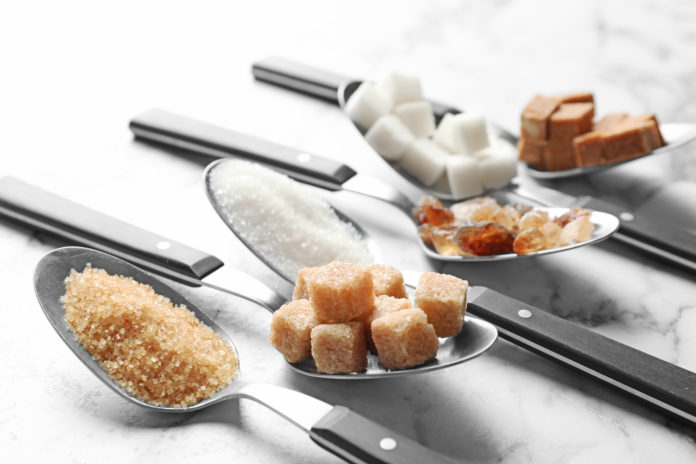
A new study published by the American Heart Association (AHA) estimates that added sugar labels could result in a savings of more than $30 billion in healthcare and more than $60 billion in societal costs over a 20-year period. If the labeling leads to a reduction in sugar intake as the study’s authors predict, it may delay or prevent nearly a million cases of heart disease and diabetes.
Consumers seek to cut back on sugar
Though federal guidelines suggest that added sugars make up less than 10% of daily caloric intake, Americans average 13% or more. Most of that sugar comes from sugar-sweetened beverages, but other primary sources include grain and dairy desserts, fruit drinks, and candy.
But more consumers are striving to decrease their sugar consumption. A survey from Label Insight found that 46% of shoppers are more likely to purchase products with “low sugar” labels. To help consumers make better-informed decisions about sugar intake, the FDA announced added sugar labeling in 2016, which should be fully implemented by the start of 2021.
Significant health and economic results
Researchers set out to estimate the effectiveness of the new FDA policy, using the US IMPACT Food Policy model and data from the National Health and Nutrition Examination Survey (NHANES). Over the simulated 20-year period (2018-2037), they found that added sugar labeling could:
- Prevent 354,400 cases of cardiovascular disease and 599,300 cases of diabetes mellitus
- Save $31 billion in net healthcare and $61.9 billion in societal costs
- Encourage consumers to reduce their sugar intake by an average of 5.8g per day
The role of product reformulation
According to the study, added sugar labeling becomes twice as effective under a scenario where food and beverage manufacturers reformulate their products to cut down on added sugar. An 8.25% reduction in added sugars could prevent over 700,000 cases of heart disease and 1.2 million cases of diabetes, as well as save roughly $58 billion in healthcare and $113 billion in societal costs.
This makes industry reformulation a critical component of successful food-related health campaigns. It was because of the commitment of several companies to decreasing the salt content of their products that the National Salt and Sugar Reduction Initiative (NSSRI) reported a 6.8% reduction in sodium levels between 2009 and 2014. Now, the NSSRI is planning to target sugar, aiming for a 20% reduction in sugar content in packaged foods by 2025.
Some companies have already taken steps toward sugar reduction. By 2020, Nestle has pledged to reduce sugars in its food and beverages by 5%. The company has been committed to cutting sugars since 2000 and recently invested in sugar-reduction technology.
The industry is experimenting with sugar alternatives, too. Coca-Cola launched a stevia-sweetened beverage in New Zealand, following its research efforts to eliminate the plant extract’s bitter aftertaste.
The results of the cost-effectiveness study proved that added sugar labeling has incredible potential on its own. But researchers hope that the FDA policy will also prompt changes in the food industry and maximize the health and economic impacts.
The full report is available for download from the AHA website.







